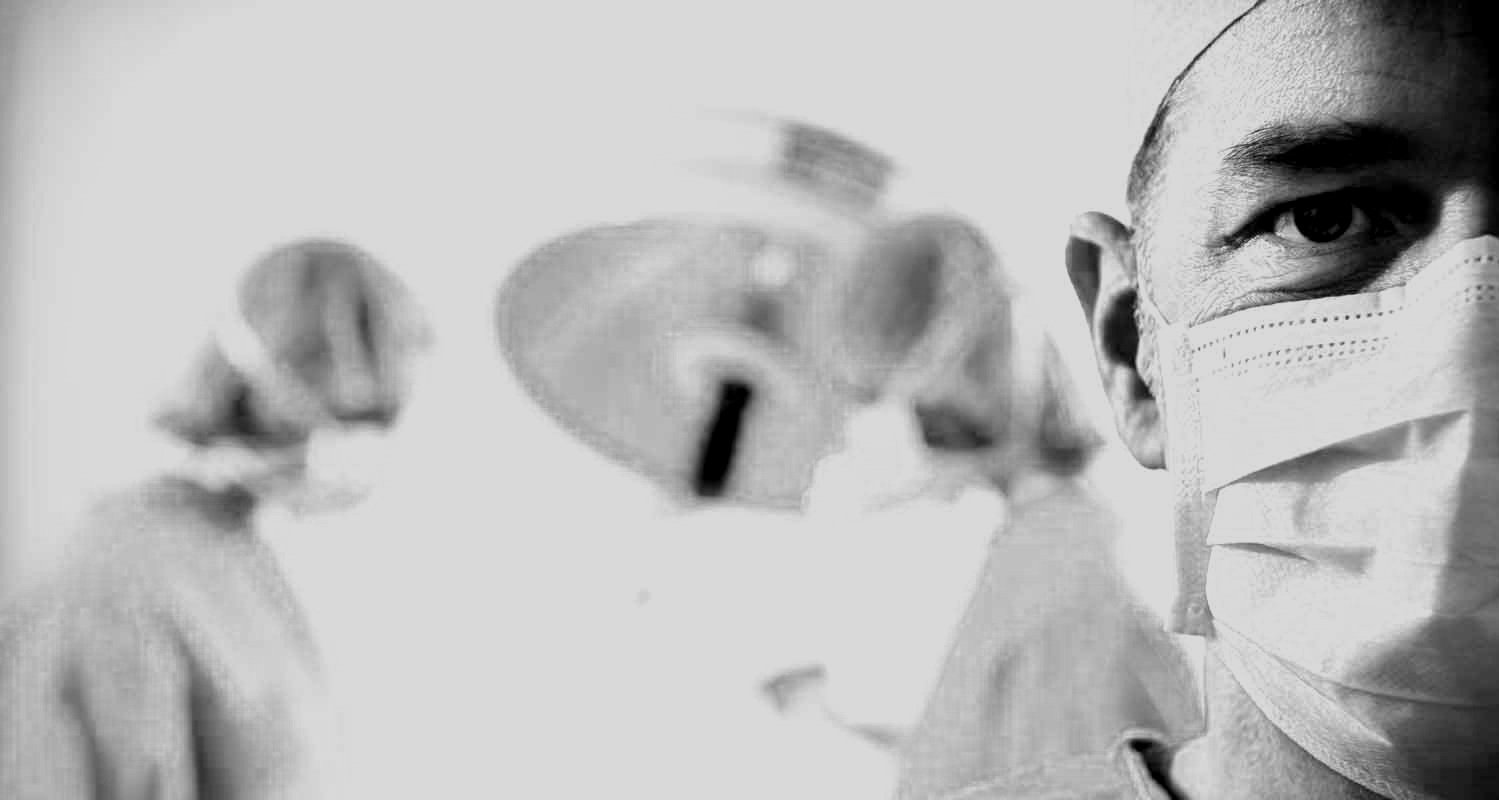
Physiotherapy can be a vital part of your rehab following an orthopaedic surgery
Orthopaedic surgery a vital treatment approach to maximise our function on a daily basis. In 2013-14 105,111 elective orthopaedic procedures were carried out in Australian hospitals ᵃ. Joint replacements for osteoarthritis such as the hip or knee represent approximately 16,000 of these surgeries in 2004-05 ᵇ. These replacement surgeries can be hugely beneficial for a patients pain and function, with many patients up and about the day after surgery.
Following most orthopaedic surgeries, you will be visited by a physiotherapist who will provide you with an early rehabilitation program that is recommended by your surgeon. It is essential to follow these recommendations to maximise your post-surgical outcomes. Depending on your what surgery you have had done, you may require a period of rehabilitation to get you back on your feet. You might be referred to a rehabilitation hospital, have rehabilitative physiotherapy in the home, or see your local physiotherapist to guide your rehab.
Wherever you decide to go, your physiotherapist plays an important role in maximising your recovery. They are highly trained in physical sciences and usually have the freedom to spend more time with you to:
restoring your function
guiding you with what you can and can't do
liaising with your surgeon as required
answering any questions you may have
What To Expect After Surgery & When Can I Start Rehab?
Post-surgical rehabilitation is unique on a case by case basis but rehab exercises start on day 1. The early stages often have an emphasis on pain control, promoting gentle range of motion, and monitoring your symptoms to ensure you are tracking well. On your surgeons approval, rehabilitation can progress to restore your range of motion, strength and control. Clinical guidelines and protocols are available to your physiotherapist to help guide your progress. Depending on your previous activities, rehabilitation can progress all the way through to high level activities such as hopping, sprinting, throwing etc...
Which Surgeries Do We Often See?
Our physiotherapists are commonly involved in rehabilitating:
Knee surgeries such as ACL repair or total knee replacement
Shoulder surgeries including Rotator Cuff Repairs, Shoulder Reconstructions & Subacromial Decompression
Ankle surgeries such as Syndesmotic Screws andf Open Reduction Internal Fixation (ORIF)
Hip surgeries such as Hip Replacements or Labral Tear Repairs
Core retraining following Laminectomy, Discectomy, Microdiscectomy, Fusions or Artificial Disc Replacement
a - Australian Institute of Health and Welfare 2014. Australian hospital statistics 2013–14: elective surgery waiting times. Health services series no. 56. Cat. no. HSE 151. Canberra: AIHW.
b - Area, S. S. L. Population differences in health-care use for arthritis and osteoporosis in Australia.
